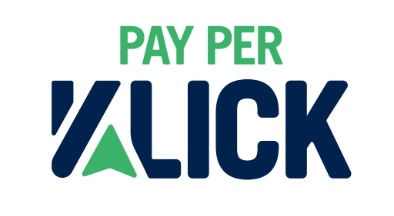Welcome to the first installment of Liminal Marketing Points, a blog series exploring frustrating, in-between moments in the world of digital marketing. Today, we’re tackling a classic: the client who can’t find their ad on Google and immediately assumes something’s catastrophically wrong. We’ve all been there. That sinking feeling, the mental preparation for the inevitable phone call, the desperate search for any shred of data that will prove we’re not entirely incompetent.
Let’s be honest. This is a pain point—a big one—and it’s a conversation we have to have repeatedly. Let’s break down why this happens, how to manage it, and how to (hopefully) prevent it in the future.
Think of a Google Ads campaign as a highly sophisticated matchmaking service. Google’s algorithms aren’t just blasting ads at anyone using a specific keyword. They’re meticulously analyzing user behavior, demographics, search history, location, time of day, device, and other signals to determine who will most likely be interested in the product or service. And, crucially, when they’re most likely to be receptive.
Key Operating Point #1: The Client Is (Almost Always) Not Their Target Customer
Here is ground zero. The client, bless their hearts, is intimately familiar with their company. They know their product inside and out. They’re likely searching for their keywords constantly, often with specific (and frequently internal) intent. Google knows this. It recognizes that they’re not behaving like a typical customer. It understands that showing them their ad could waste their budget (and our sanity). Why spend money showing an advertisement to someone already running the business?
Key Operating Point #2: Google’s Algorithms Are Incredibly Smart (and Getting Smarter)
We all know this, but it bears repeating. Google’s algorithms are constantly learning and evolving. They’re designed to deliver ads to the right people at the right time to maximize ROI. They consider factors like:
Search History: Has the user previously visited the client’s website or competitors’ sites? Google might suppress the ad to avoid redundant exposure.
Location: Are they searching from an area where the target audience is concentrated? If not, the ad might not show.
Device: Are they searching on a desktop, mobile, or tablet? The campaign might be optimized for specific devices.
Time of Day: What is the optimal time for the target audience to search? The ads might be scheduled to run during specific hours.
Ad Rank: The ad’s position isn’t solely based on the bid. Google also considers factors like ad quality, relevance, and landing page experience.
Key Operating Point #3: Proactive Client Education is Key (and Often Overlooked)
This is where we can save ourselves a lot of headaches. We need to have this conversation with clients early and often. During onboarding, explain why they might not see their ads. Don’t just say, “It’s complicated.” Break it down. Explain the targeting parameters. Show them examples of how Google targets different demographics. Emphasize the importance of focusing on the right metrics, not their search behavior.
So, what can we do to manage this situation?
Set Expectations Upfront: During the initial onboarding process, explicitly address the “I can’t find my ad” scenario. Provide a clear explanation of why this happens and what metrics they should be tracking instead.
Regular Reporting and Communication: Provide reports highlighting key performance indicators (KPIs) like clicks, conversions, and cost per acquisition. This will help them see the campaign’s value, even if they aren’t seeing their ads.
Offer “Test Searches” (with Caveats): If necessary, offer to conduct “test searches” using tools that simulate different user profiles. However, note that these are just simulations and don’t reflect real-world results.
Be Patient, Empathetic, and Firm. Clients are invested in their business, and understandably so. Be patient and empathetic but also firm in your explanations. Don’t let them dictate campaign strategy based on their search behavior.
Document Everything: Keep good records related to this issue. This can be invaluable if any misunderstandings arise later.
This is an ongoing challenge, but by being proactive, transparent, and data-driven, we can minimize the “missing ad” panic and focus on what matters: delivering results for our clients. Stay tuned for more Liminal Points, where we’ll continue to navigate the tricky terrain of digital marketing.

